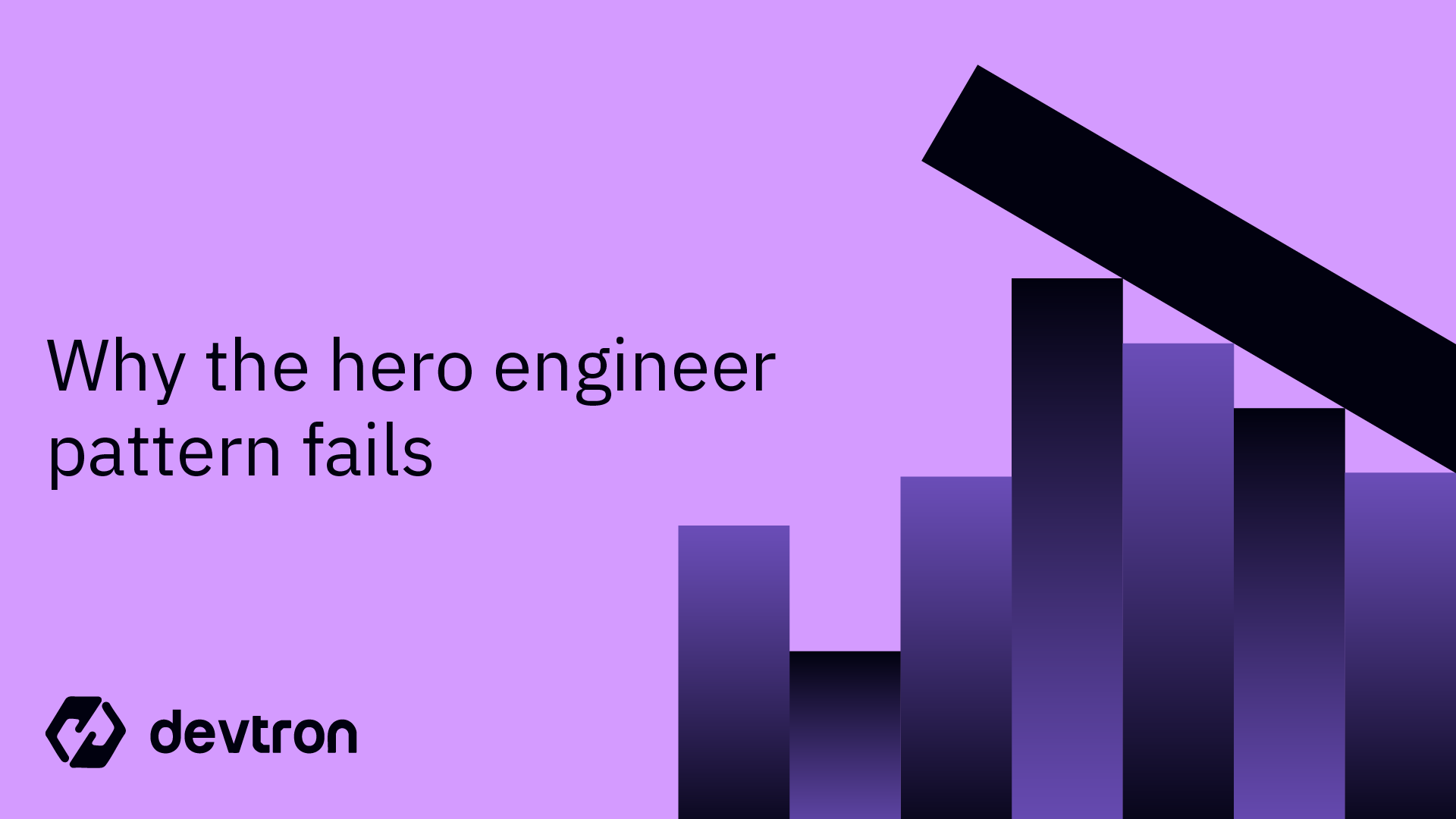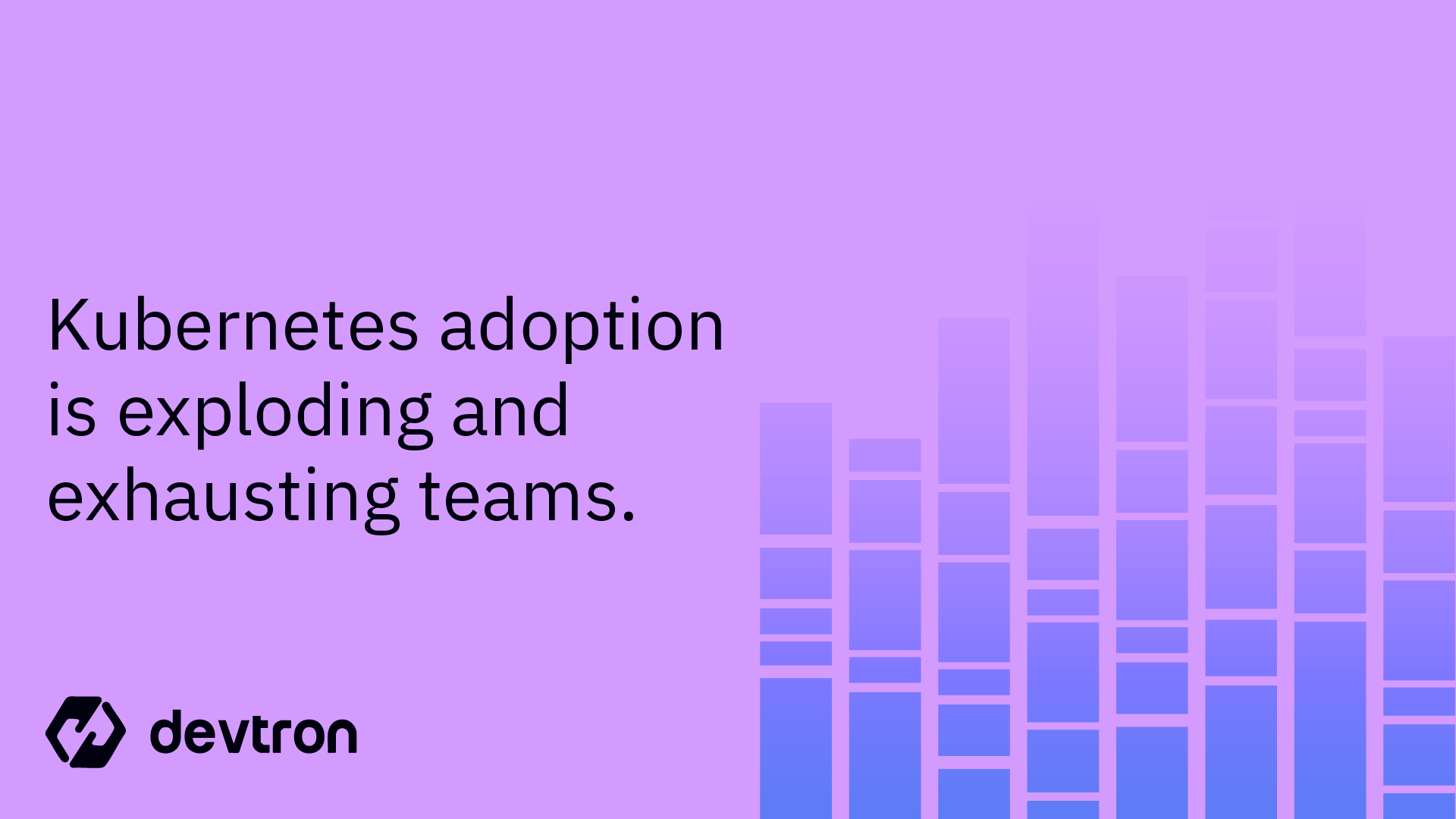Platform engineers didn't sign up to be digital firefighters. Yet they spend more time fixing what's broken than building what's next.
Over the past six months, I've spoken with dozens of platform engineering teams. Almost every story starts the same way: with good intentions. Teams set out to build an internal platform that would be reliable, scalable, and offer clear paths for developers to move fast. They agreed on the vision, picked the tools, and began building.
But soon reality set in. Instead of shaping the future, these teams found themselves weighed down by constant firefighting, the mental load of juggling too many tools, and the creeping limits of vendor lock-in.
How Teams Actually Spend Their Time
Upon speaking with these platform engineers, I learned that it is often an endless cycle of resolving deployment failures, chasing down resource bottlenecks, patching infrastructure drift, and reacting to cost overruns.
A typical week might look like this:
- Monday through Wednesday: chasing failed builds, debugging flaky deployments, scaling services by hand, and triaging incidents.
- Thursday and Friday: finally getting around to platform improvements, automation initiatives, or building developer-facing features.
By then, the week is already gone. Momentum is lost, and the most important projects stay stuck at the starting line.
Let's dig into why platform teams get stuck and struggle to deliver on time.
Where Teams Get Stuck
In my conversations with platform teams, I've found three reasons why so many get stuck at the starting line.
Tool Sprawl Creates Operational Overhead
Every tool in the platform stack needs care and feeding. Monitoring dashboards need to be updated. CI/CD pipelines require ongoing maintenance. Security scanners need configuration updates. The more tools you have, the more maintenance overhead you carry.
- Each tool has its own dashboard, alerts, and mental model
- Engineers waste precious time switching between systems
- No single source of truth means problems slip through the cracks
One platform engineer told me, "We spent the first 45 minutes just bouncing between 8 different dashboards trying to pinpoint where the issue originated. By the time we found the root cause in our container orchestration layer, the damage was already done."
Developer Support Becomes a Bottleneck
Developers need help with deployments, debugging environment issues, and understanding platform capabilities. Each support request pulls platform engineers away from building and improving the platform. What should be a smooth self-service experience becomes a constant stream of interruptions.
- Developer tickets and issues create constant interruptions
- Cloud operations require 24/7 attention to prevent outages
- Multiple dashboards fragment attention and create alert fatigue
- Manual processes require human intervention for routine tasks
A platform team lead showed me their Slack channels: "We received 143 support requests last week. Each one took us away from improving the platform."
The Knowledge Bottleneck
Platform teams carry the mental model of how everything connects. They know which services depend on which databases, how traffic flows through the network, and where the configuration lives for each component. This intrinsic knowledge becomes a bottleneck when things break or need to change.
- Building a platform requires expertise across infrastructure, CI/CD, security, and more
- Engineers must remember countless integration points and system behaviors
- Documentation struggles to keep pace with rapidly changing systems
"I can't take a vacation," one engineer admitted. "No one else understands how our deployment pipeline connects to our monitoring system."
The Hidden Costs
Burnout
Platform engineers facing constant firefighting experience severe burnout. The relentless cycle of alerts, emergency fixes, and 3 AM calls creates unsustainable pressure.
Wasted Engineering Cycles
When engineers spend 60% of their week (Monday through Wednesday) firefighting, the actual platform development falls perpetually behind schedule.
Rising Infrastructure Costs
With a dozen or more disconnected tools in the mix, platform teams often over-provision resources just to stay safe, making sure nothing runs short. But because there's no proper visibility into the cost and resource consumption of each tool, they lose the ability to fine-tune and optimize, and costs quietly spiral out of control.
The Compounding Effect
This creates a destructive cycle that's hard to escape:
Fragmented tools create blind spots → Blind spots lead to incidents → Incidents consume engineering time → Less time means more overprovisioning → Rising costs limit resources for improvements → The cycle intensifies
What I've Learned About Breaking the Pattern
After having these conversations with the platform teams, I realized that the core problem is not that platform teams lack skills or dedication. The problem is fragmented visibility across too many tools and systems. When teams can't see what's happening across the systems in one place, every incident becomes a detective story. Every performance issue requires navigating between dashboards. Every cost spike needs investigation across multiple billing systems.
The unified visibility across your applications and infrastructure gives the platform team one clear view of your entire system. With unified visibility, teams can see the complete picture in one place, eliminating the need to correlate logs from five different sources. Instead of hunting through multiple dashboards when something breaks, they can immediately know what's wrong and where.
Unified visibility transforms how platform teams operate:
Faster Problem Resolution: When all your data lives in one place, debugging moves from hours to minutes. You spend less time gathering information and more time fixing problems.
Proactive Issue Prevention: Clear visibility lets you spot patterns before they become outages. You can see resource constraints building up, identify configuration drift early, and catch security issues before they escalate.
Reduced Context Switching: Platform engineers can stay focused on solving problems instead of constantly switching between tools and rebuilding mental models of system state.
Better Resource Utilization: When you can see your complete infrastructure picture, it becomes easy to identify waste, optimize costs, and right-size resources.
With unified visibility, platform teams can finally shift from reactive firefighting to strategic platform building. When you're not constantly chasing down issues across multiple systems, you have time for the work that actually matters: building better developer experiences, improving platform reliability, and enabling faster software delivery.
The Path Forward
The goal isn't to eliminate all operational work; that's neither realistic nor desirable. But we can shift the balance from reactive firefighting to proactive platform evolution. When platform teams can focus on building capabilities instead of fixing problems, everyone wins: developers get better tools, businesses get more reliable systems, and platform engineers get to do the strategic work they signed up for.
The key is recognizing that the current approach isn't sustainable and taking deliberate steps to break the cycle.






